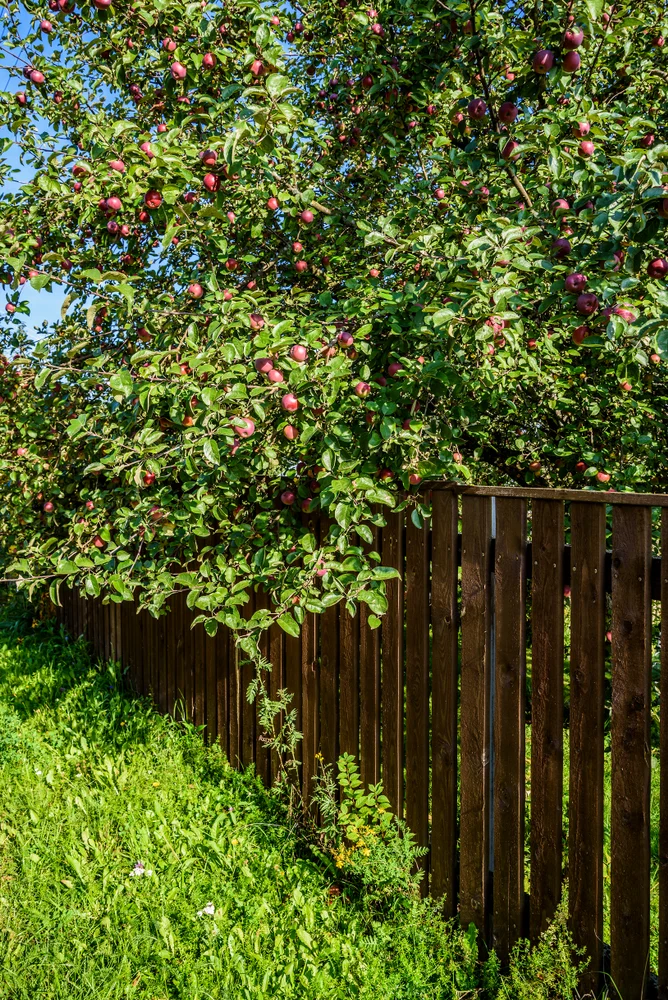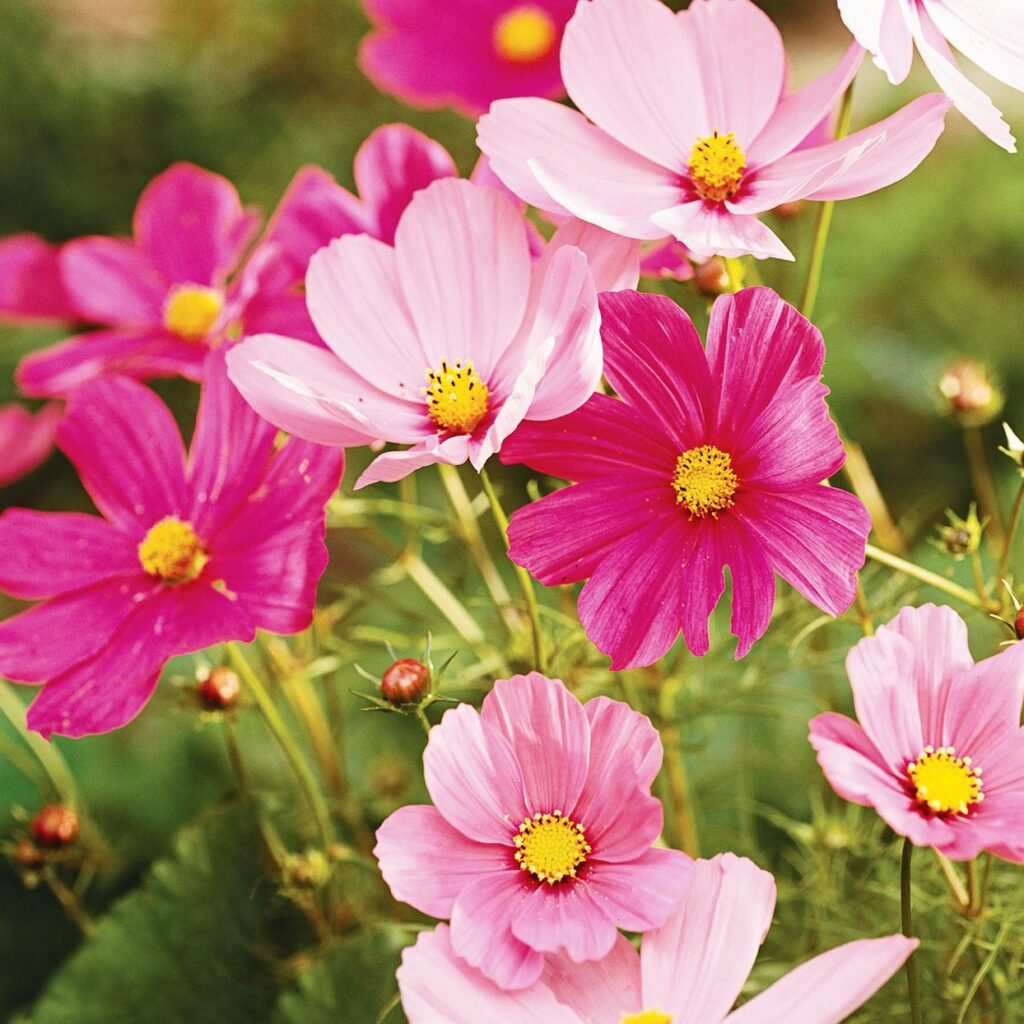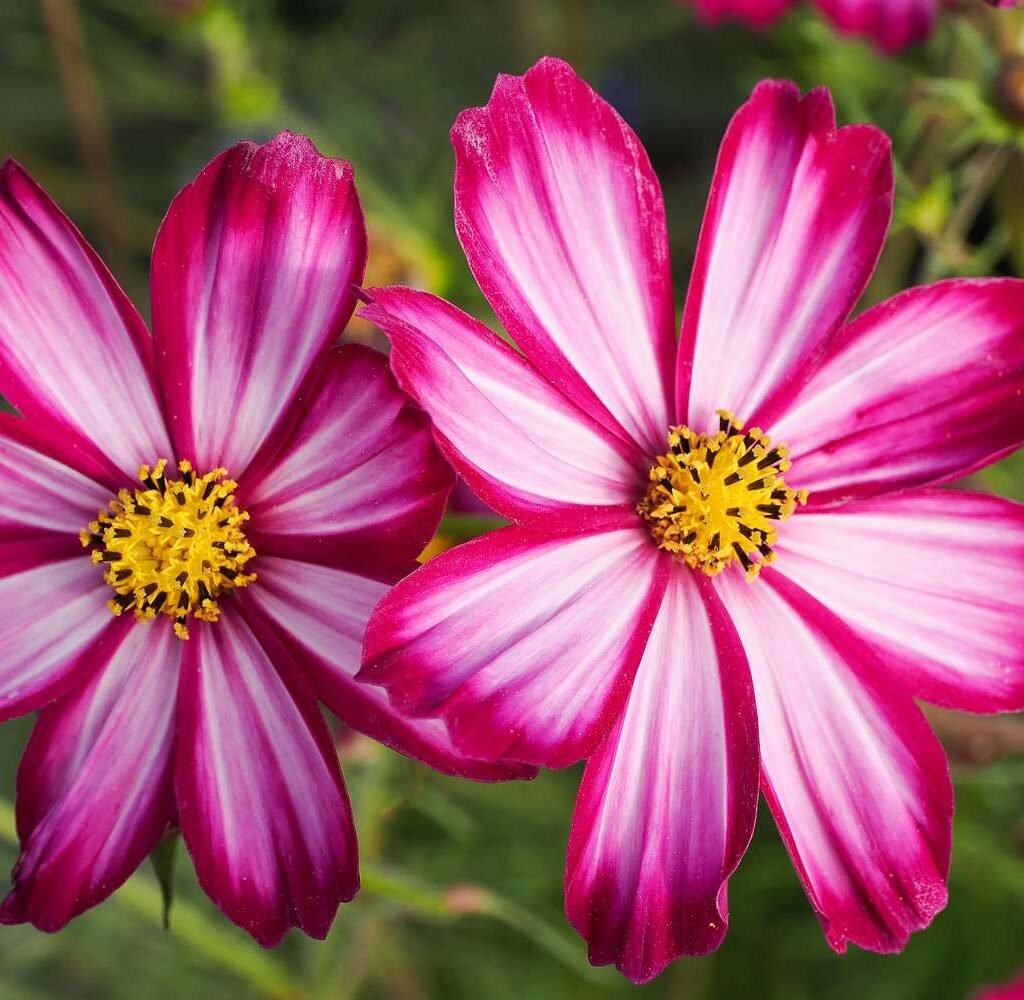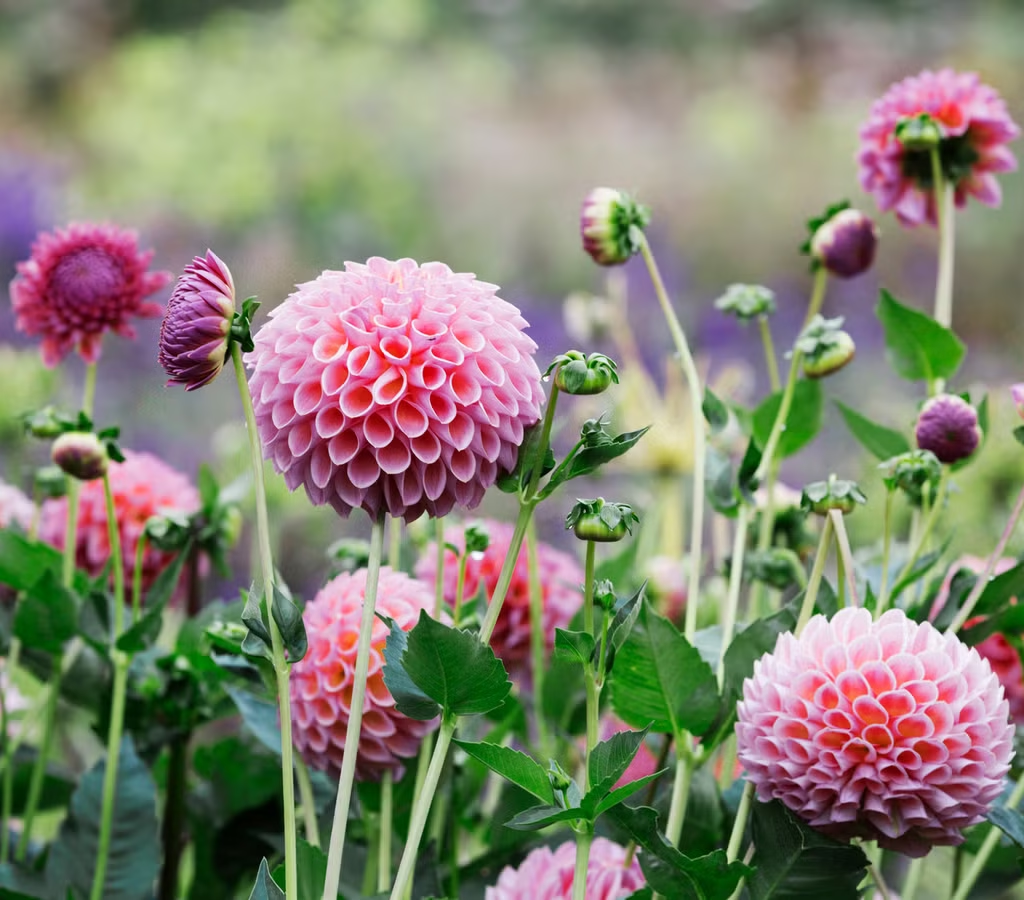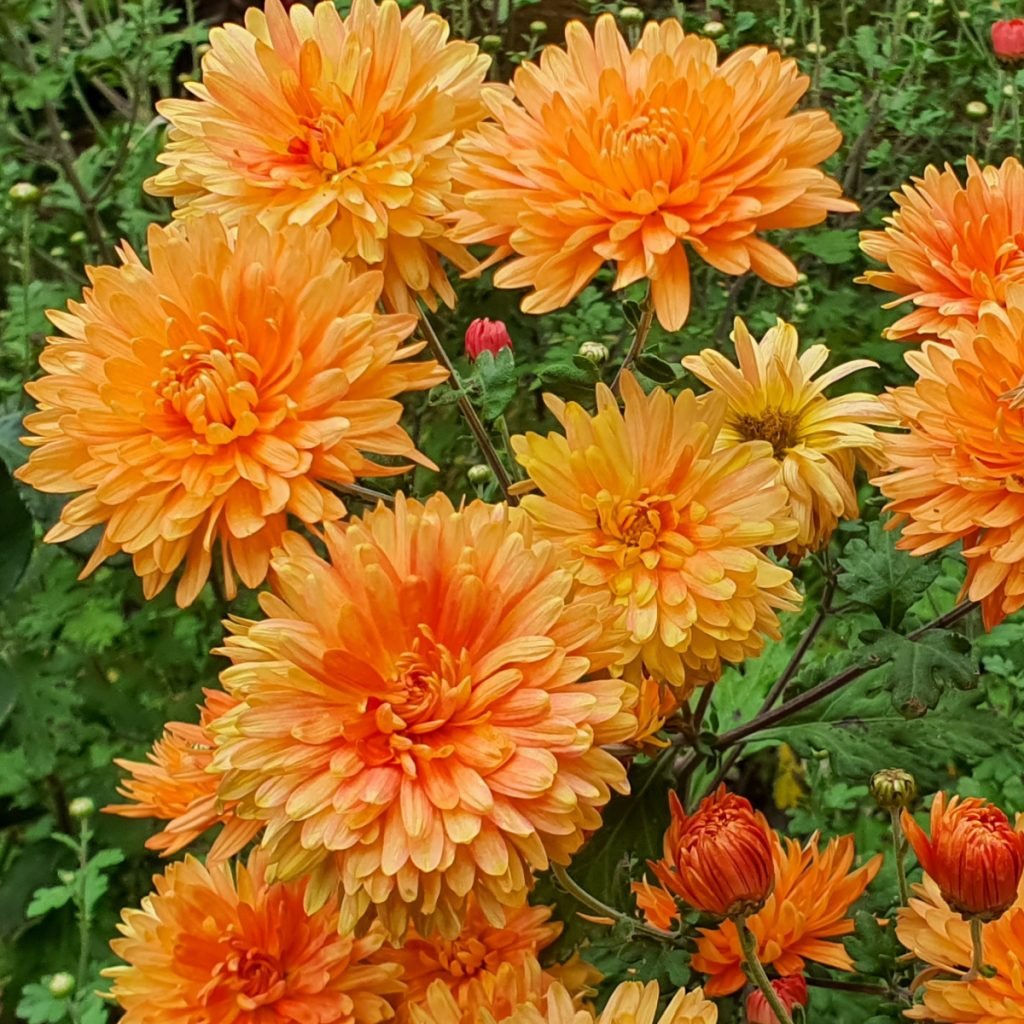October is often seen as a transitional month for gardeners. The lush greenery of summer begins to fade, and the fiery tones of autumn take center stage. While trees and shrubs put on a spectacular display of gold, orange, and red, many yards risk looking tired or bare as summer annuals decline. But the good news is—you don’t have to accept a dull landscape this season. With the right choice of flowers, October can be one of the most colorful and vibrant months in your garden.
Some flowers are naturally hardy, thriving in cooler temperatures and shorter days. Others bloom in fall with resilience, bringing pops of color even as frost threatens. This article highlights the best flowers to brighten your yard this October, explaining what makes them special, how to plant and care for them, and how they enhance the beauty of autumn landscapes.
Why Plant Flowers in October?
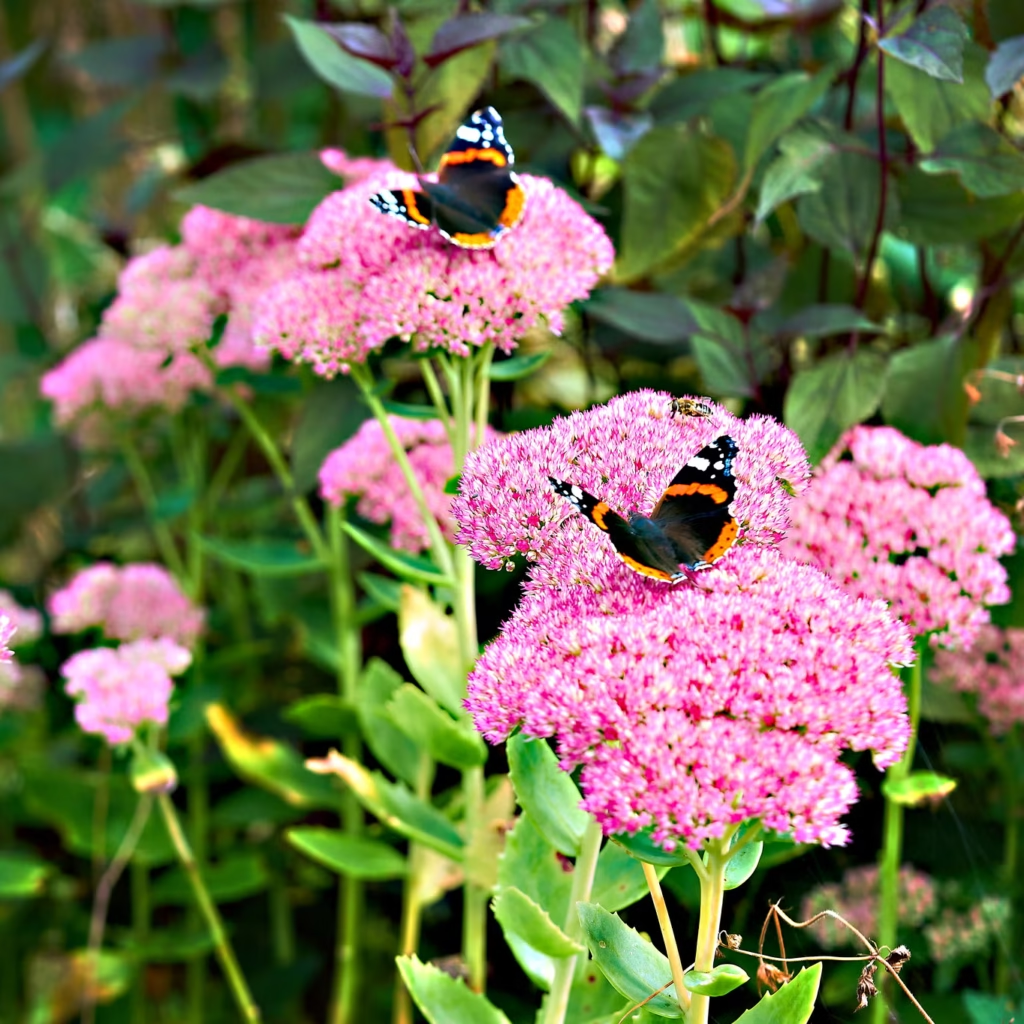
Many gardeners mistakenly believe October is too late for flowers. Yet, fall-blooming plants offer unique benefits:
- Extended Seasonal Beauty: Instead of letting your yard go dormant, fall flowers ensure it remains attractive until winter truly sets in.
- Pollinator Support: Bees, butterflies, and other pollinators are still active in October, and fall blooms provide them with vital food sources before winter.
- Cool-Weather Advantage: Lower pest activity and cooler temperatures make flower care easier. Many plants even bloom longer in fall than in hot summer months.
- Seasonal Harmony: Flowers complement pumpkins, ornamental grasses, and autumn foliage, enhancing the overall seasonal décor of your yard.
With these advantages in mind, let’s explore the best flowers that can transform your outdoor space this October.
1. Chrysanthemums (Mums) – The Classic Fall Bloom
No flower screams October quite like chrysanthemums. Often simply called mums, they are the go-to choice for autumn color. Their dense blooms come in a wide array of shades—yellow, bronze, red, purple, and white—making them ideal for matching fall’s natural palette.
Why They Shine in October
Chrysanthemums are photoperiodic plants, meaning their blooming cycle is triggered by shorter days. October offers the perfect light conditions for their showy display.
Planting and Care Tips
- Soil: Well-drained, fertile soil enriched with compost.
- Sunlight: Full sun is best, though they tolerate partial shade.
- Care: Water at the base to avoid fungal diseases. Deadhead spent blooms to prolong flowering.
Mums are versatile—they work in garden beds, containers, and even as decorative borders. When paired with pumpkins and ornamental kale, they create the quintessential fall garden look.
2. Pansies – Small but Mighty Flowers
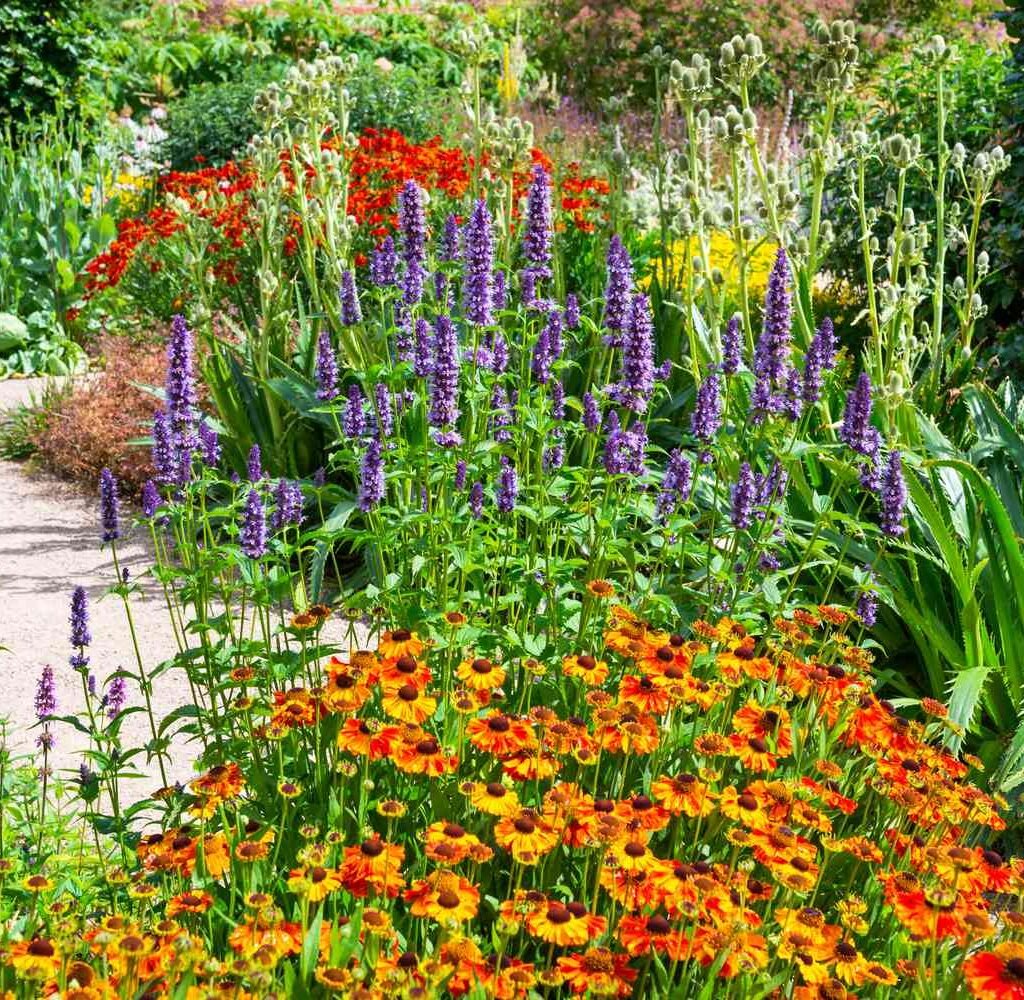
Pansies are beloved for their cheerful faces and remarkable tolerance to cooler temperatures. Their wide range of colors—from deep purples and blues to bright yellows and oranges—makes them excellent mood-boosting additions to October gardens.
Why They Shine in October
Pansies thrive in cooler weather and can withstand light frosts. In many regions, they will bloom through fall and return again in early spring.
Planting and Care Tips
- Soil: Moist, rich, and well-drained soil.
- Sunlight: Partial to full sun.
- Care: Regular watering is essential. Mulching helps retain warmth around roots during chilly nights.
Plant pansies in window boxes, hanging baskets, or along pathways for bursts of color that last well beyond October.
3. Marigolds – Golden Autumn Charm
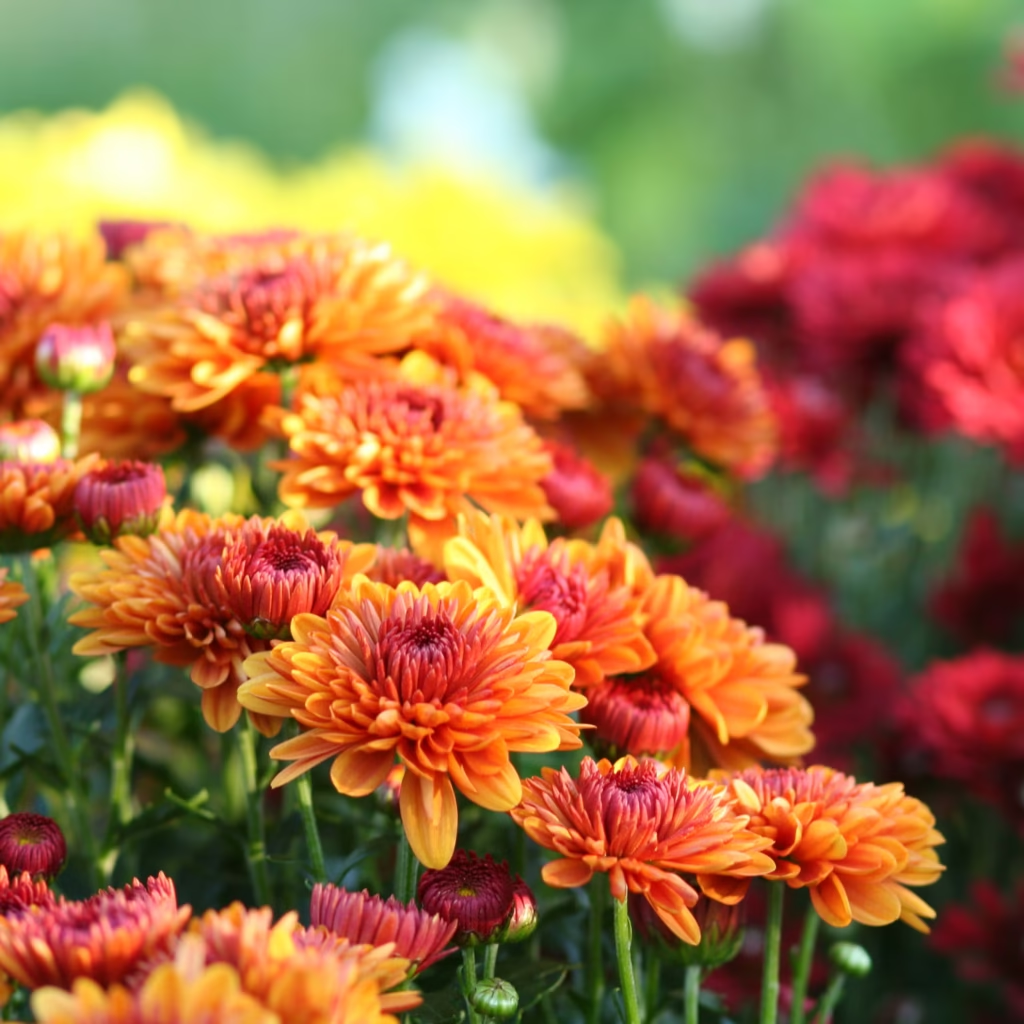
Marigolds are often thought of as summer flowers, but they continue to shine into October, especially in warmer regions. Their warm hues—gold, orange, and rust—blend perfectly with autumn’s natural tones.
Why They Shine in October
Marigolds not only brighten gardens but also repel pests like aphids and whiteflies. They thrive in cooler fall temperatures as long as frost isn’t too heavy.
Planting and Care Tips
- Soil: Well-drained soil with moderate fertility.
- Sunlight: Full sun is ideal.
- Care: Deadhead regularly to encourage fresh blooms. Water deeply but infrequently.
Pair marigolds with chrysanthemums for a striking, layered effect in your yard.
4. Asters – Starry Autumn Beauties
Asters, named after the Greek word for “star,” bloom in late summer through fall, making October their peak season. These daisy-like flowers come in shades of purple, lavender, pink, and white, with golden centers that attract pollinators.
Why They Shine in October
Asters are magnets for butterflies and bees, offering vital nectar late in the season. Their star-shaped blossoms add texture and brightness to autumn landscapes.
Planting and Care Tips
- Soil: Moist, well-drained soil enriched with organic matter.
- Sunlight: Full sun for best blooms.
- Care: Cut back after blooming to encourage healthy growth next year. Water consistently, especially in dry spells.
Asters pair beautifully with ornamental grasses, creating a soft, natural look for fall gardens.
5. Ornamental Kale and Cabbage – A Bold Foliage Option
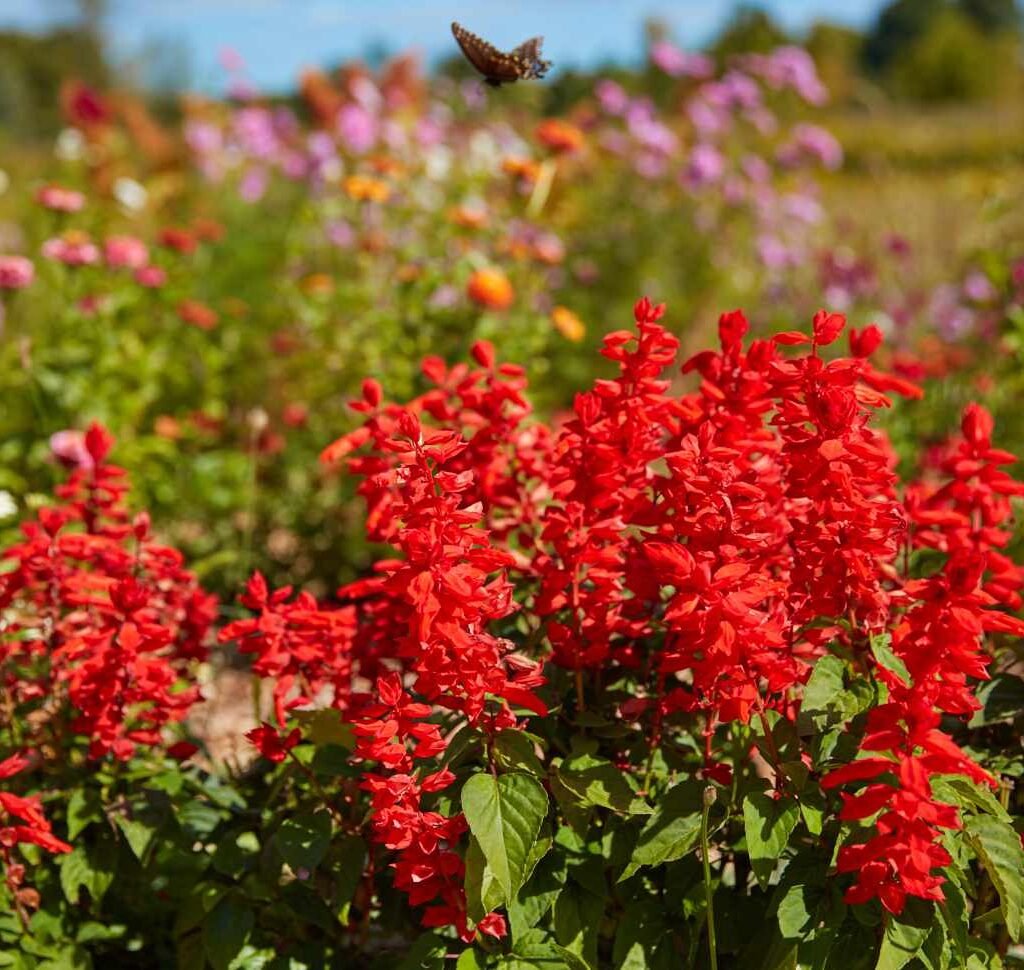
While not technically flowers, ornamental kale and cabbage are prized for their rosette-like growth and vibrant colors—purple, pink, green, and white. As the temperature drops, their hues intensify, making them a standout addition to October gardens.
Why They Shine in October
Unlike most plants, ornamental kale and cabbage become more colorful with cold weather. They can survive frosts and often last well into winter, providing continuous garden interest.
Planting and Care Tips
- Soil: Rich, well-drained soil with plenty of organic material.
- Sunlight: Full sun enhances leaf color.
- Care: Water consistently, but avoid waterlogging. Remove yellowing lower leaves to keep plants attractive.
Use them as borders or container plants to create dramatic visual interest in your yard.
6. Black-Eyed Susans – The Golden Glow
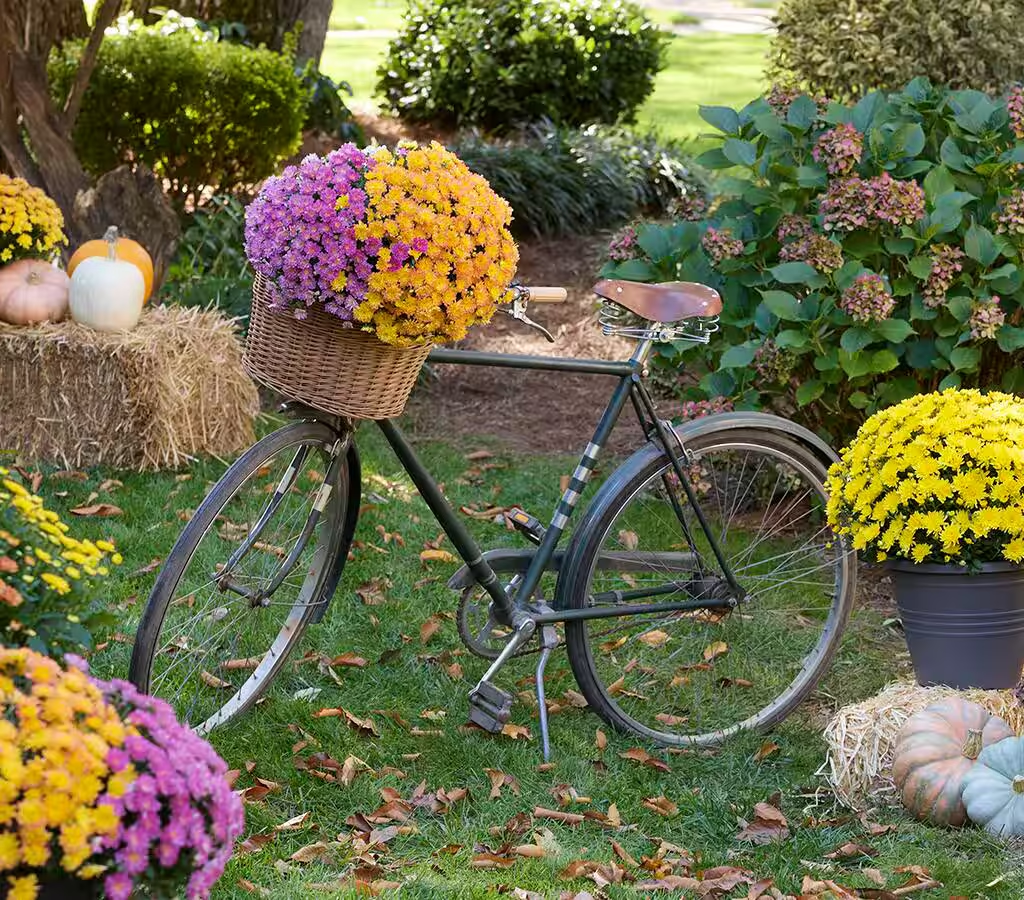
Although traditionally considered late-summer flowers, black-eyed Susans often continue blooming into October. Their golden petals with dark brown centers bring warmth to the cooler days of fall.
Why They Shine in October
These hardy perennials add cheer to fall gardens while attracting late-season pollinators. Their bold colors contrast beautifully with autumn foliage.
Planting and Care Tips
- Soil: Tolerates poor soil but prefers well-drained conditions.
- Sunlight: Full sun is best.
- Care: Deadhead to extend blooming. Once established, they are drought-tolerant.
Mix them with asters and mums for a dynamic, multi-colored autumn display.
7. Sedum (Autumn Joy) – Succulent Fall Bloomer
Sedum, particularly the variety known as Autumn Joy, is a succulent perennial that bursts into bloom in late summer and continues through October. Its clusters of star-shaped pink flowers turn deep red as temperatures drop.
Why They Shine in October
Sedum thrives in tough conditions—poor soil, drought, and cool weather—making it one of the easiest plants to maintain. Its deepening colors perfectly complement the autumn palette.
Planting and Care Tips
- Soil: Well-drained soil; sedum dislikes wet conditions.
- Sunlight: Full sun ensures vibrant blooms.
- Care: Requires minimal water. Cut back in late winter to encourage spring growth.
Sedum looks stunning when planted in groups or paired with ornamental grasses.
8. Goldenrod – A Burst of Sunshine
Goldenrod often gets a bad reputation for being confused with ragweed, but it’s a beautiful, pollinator-friendly perennial. Its bright yellow flower spikes appear in late summer and continue into October.
Why They Shine in October
Goldenrod is tough, drought-tolerant, and incredibly attractive to bees and butterflies. Its golden blooms brighten up fading gardens.
Planting and Care Tips
- Soil: Adaptable but prefers sandy, well-drained soil.
- Sunlight: Full sun to partial shade.
- Care: Low maintenance—just cut back after blooming.
Combine goldenrod with purple asters for a vibrant fall contrast that defines October gardens.
Final Thoughts
October doesn’t have to mean the end of your garden’s color and vibrancy. With flowers like chrysanthemums, pansies, marigolds, asters, ornamental kale, black-eyed Susans, sedum, and goldenrod, you can ensure your yard remains lively and full of seasonal charm.
These flowers not only brighten your landscape but also support pollinators, add texture, and complement fall’s natural hues. Whether you’re planting in containers, beds, or borders, the right fall flowers create an inviting outdoor space that celebrates the beauty of the season.
So, instead of packing away your gardening gloves in October, plant a few of these hardy, colorful options. Your yard will thank you with weeks of brightness, charm, and life, long after summer has passed.



